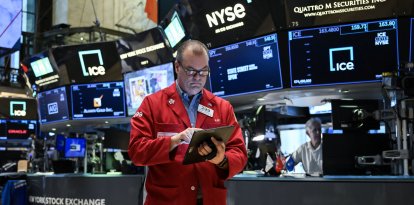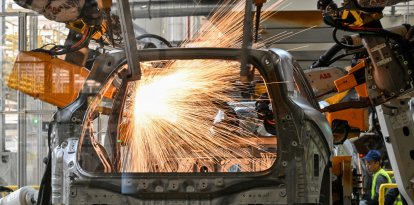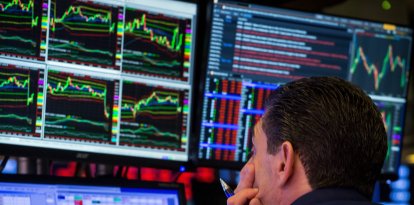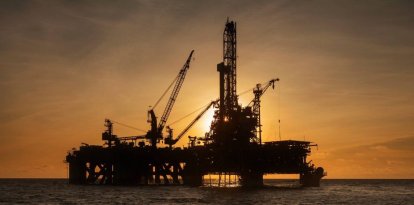Analyst reveals that economic freedom is the key to better results
An economics expert found a relationship between excessive economic control by governments and unemployment, poverty and inequality.
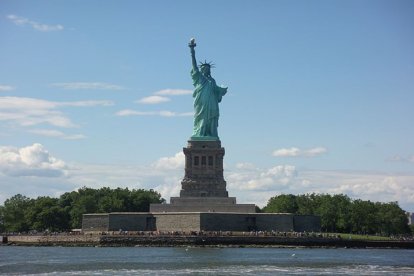
Statue of Liberty / Wikimedia Commons.
Economics expert Antony Davies published an article based on decades of data collection which shows that when states have more economic freedom, their economies improve.
The analyst explained that he found a remarkable and consistent pattern in the socioeconomic outcomes of the studies he conducted with the Fraser Institute. When governments give people and businesses more freedom to make economic decisions, child labor rates go down, gender equality improves, and even environmental performance improves.
In the analysis, Davies clarifies that for him, "there is no perfect way to measure economic freedom." However, he notes that the Fraser Institute managed to construct a fairly objective measure after deciding which metrics were most consistent with the concept of economic freedom.
"In calculating an Economic Freedom index for each state, Fraser combines state and local government spending, government transfers and subsidies, state pension payments, tax rates and brackets, the minimum wage relative to average income, and government employment. Fraser simply averages its metrics together and puts the result on a scale from 0 (least free) to 10 (most free).," the expert explained.
The pattern
The analyst explained that he leveraged the Fraser Institute's annual state data and compared it to the unemployment, poverty and income inequality rates obtained in those same locations each year.
Based on data collected from 1981 through 2020, Davies grouped the 25 states that scored above the median and called them the "more-free," while the 25 states that scored below the median were called the "less-free."
"In each year of the past four decades, the less-free states in a given year had an average unemployment rate that exceeded that of the more-free states in that same year," he shared.
The analysis also revealed that the average poverty rate was lower in the freest states 65% of the time, and that household income also showed better results in the "most free" states.
"The more-free states showed higher average household purchasing power 85 percent of the time. Interestingly, income inequality ... was lower for the more-free states 60 percent of the time," he said.
Davies assured that this is not an effect that only occurs in rich areas, because when a comparison is made between poor areas with either greater and lesser economic freedom, similar results are seen.
"Of course, the data only show correlations, and correlation isn’t causation." Davies said, adding that the "sad irony is that, when faced with unemployment, poverty, and inequality, voters most often ask what the government can do to mitigate these problems," whereas perhaps the question should be "what the government can stop doing."
RECOMMENDATION
